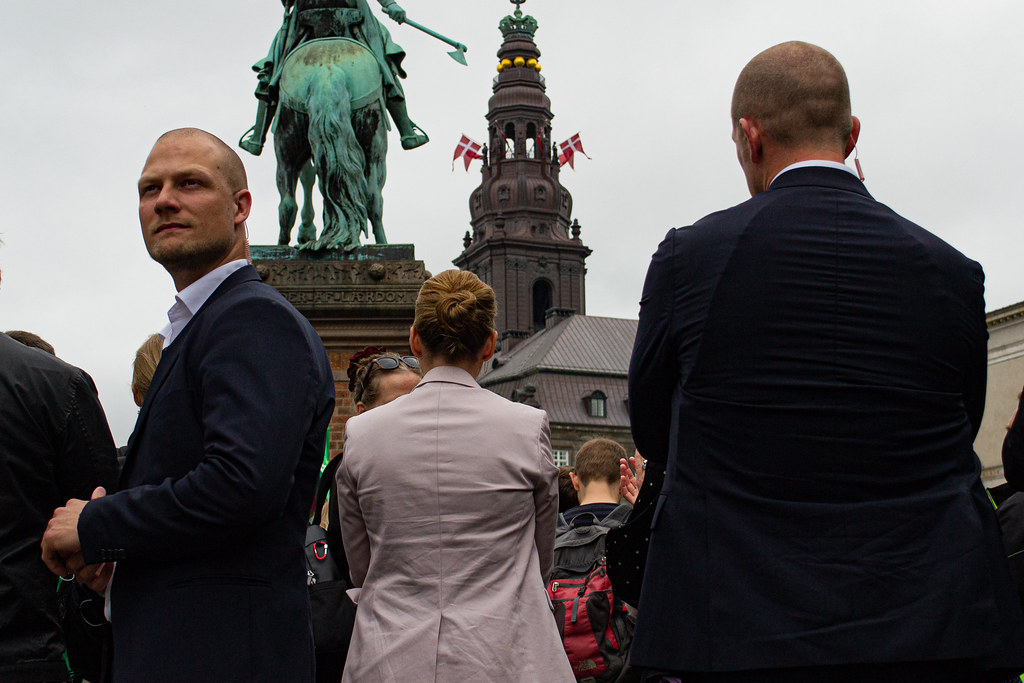Principals, along with their family, friends, guests, and acquaintances, encompass as much diversity in personality as the threats, which executive protection agents protect against. Ironically though, there are some principals that go against their protective detail leaderships’ protocol and guidance, which inadvertently puts themselves and others in precarious positions.
This is made even more evident when those being protected did not request protection in the first place. For instance, the principal was assigned a protective detail because he/she/they could be traveling to a location that has experienced a higher crime rate then their last visit, and their organization’s risk management team feels executive protection be a wise investment.
Furthermore, this might even be as simple as a principal swiping one of their guests through a turnstile, which will affect head counts and accountability in the instance of a facility evacuation. With security leaning more towards reactivity rather than proactivity in the corporate spectrum, the task of keeping a principal both secure and comfortable is a challenge.
Although easier said then done, executive protection agents not only have the duty of protecting the principal from outside threats but also must respectfully protect the principal from themselves. Those who have practiced executive protection for years will attest that they have experienced certain principals that are cooperative to completely disobliging.
Regardless of what detail is assigned and the level of experience possessed, it is important to remember:
- If able to sit down with the principal, be sure to explain that all methods of protection are done in the best interest of the personal safety and security of him/her/them, and the organization they represent.
- The objective is to protect the principal from all harm as much from internal ignorance and/or ego as it is manmade or natural threats.
- Tread lightly on how you substantiate protective reasoning to the principal. Remember, respect is given to those who display it. Unfortunately, there are certain principal who will not see respect to their protective detail as a high priority.
- When a principal carries out an unsafe action, either intentionally or accidentally, be sure that he/she/they, are aware of what has transpired and why the executive protection team is in place.
- Help the principal to understand the big picture. Executive protection teams are not only protecting a physical person but also an organization, employees, and both personal and organizational reputation.
- Documentation is most important. All moves of the detail, especially in the event that a principal or their guests, must be logged and made readily available when needed.

